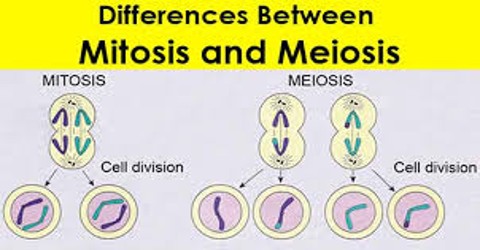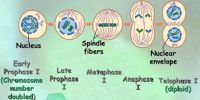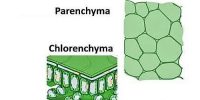Difference between mitosis and meiosis
Meiosis has two rounds of genetic separation and cellular division while mitosis only has one of each. In meiosis homologous chromosomes separate leading to daughter cells that are not genetically identical. Other differences are pointed below:
- Generally, it happens in somatic cells.
- It may take place in haploid (n), diploid (2n) and polyploid cells.
- Interphase or resting stage is long.
- Generally chromomere cannot be seen in the chromosomes of prophase.
- Duration of prophase is short and is not divided in to sub phases.
- Generally, homologous chromosomes do not make pair.
- Crossing over and chiasma do not take place so that there is no exchange of genes.
- Chromosome is divided longitudinally along with the centromere, in metaphase.
- In this division nucleus divides one time to form two nuclei.
- Each daughter nucleus remains similar to its mother nucleus both in chromosomal number and qualities.

- Generally, it happens in reproductive mother cells.
- Meiosis cannot take place in haploid cells (n).
- Interphase is very short.
- Chromomere is generally seen.
- Prophase-1 is long and is divided into five sub phases and they are different in qualities.
- Homologous chromosomes make pairs due to the attraction between on each other during zygotene.
- Exchange of genes between non sister chromosomes is occurred.
- Each chromosome is divided longitudinally without centromere in metaphase-1.
- Nucleus divides two times to form four nuclei.














